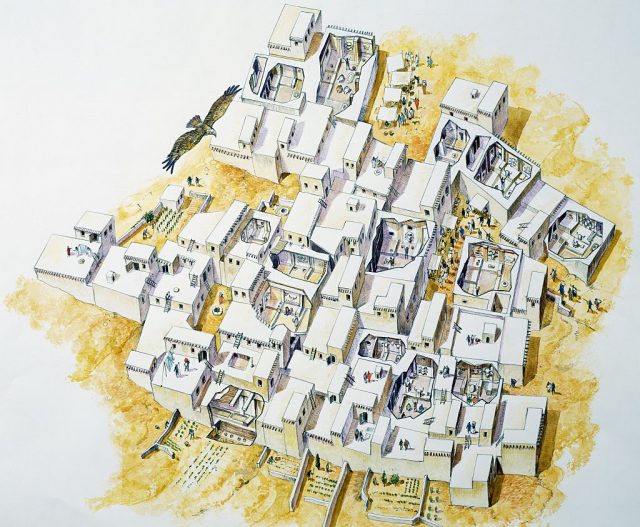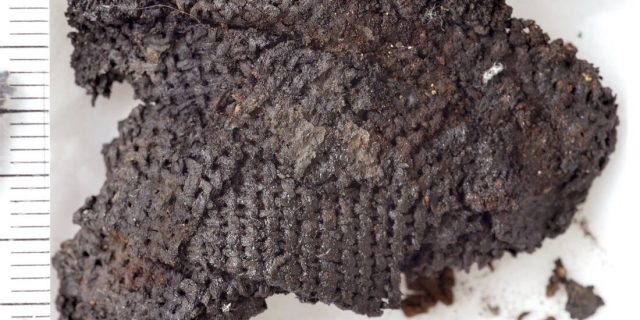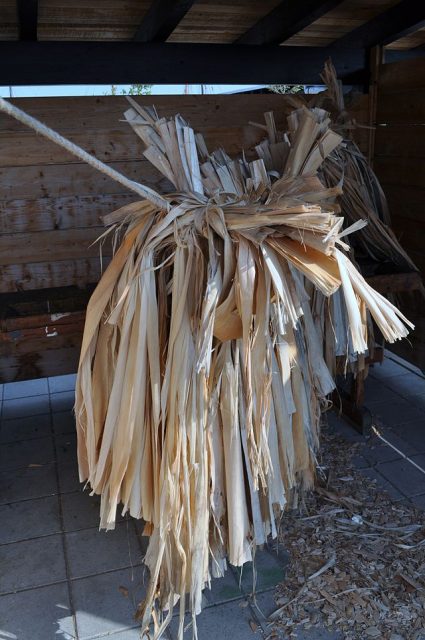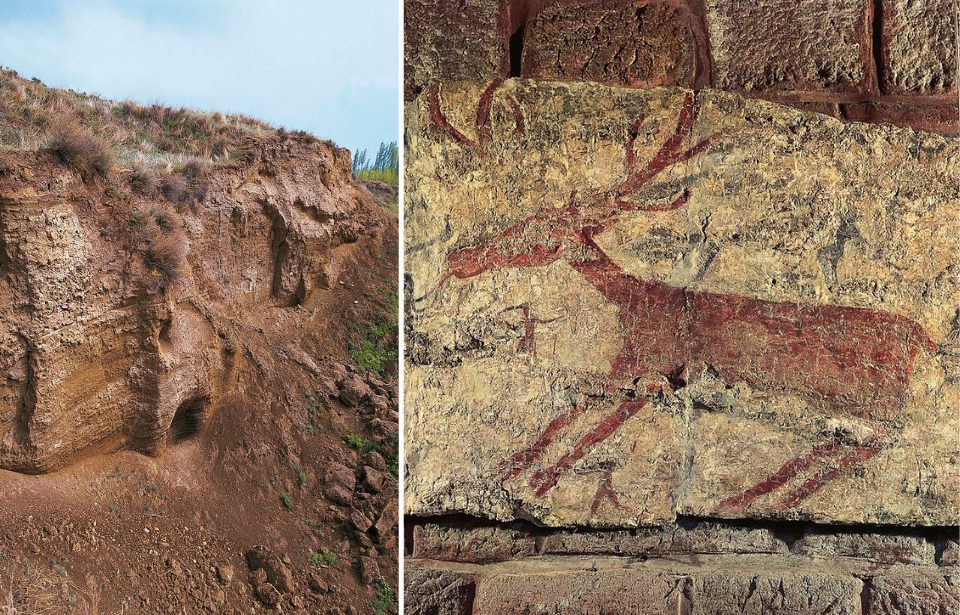Archaeologists excavating the site of the ancient Turkish city of Çatalhöyük have uncovered new information regarding the history of clothes making during the Stone Age. Their findings were recently published by Cambridge University Press in the archaeological journal, Antiquity.

It’s estimated as many as 10,000 people lived in Çatalhöyük some 8,000 to 9,000 years ago, dating back to the Neolithic and Chalcolithic periods. Excavation of the city began in the late-1950s, led by archaeologist James Mellaart. However, he was later expelled from the country by Turkish authorities over his alleged involvement in the black market sale of archaeological artifacts.
Professor Ian Hodden of Stanford University is one of the world’s leading archaeologists. He undertook a renewed excavation of Çatalhöyük between 1993 and 2017, which uncovered large amounts of new data and provided a better understanding of the city and its people.
Some of the items unearthed include several pieces of cloth dating back to between 8,500 and 8,700 years ago. Since 1962, experts have debated over what kind of clothing those in Çatalhöyük wore – some scientists believed it was made from wool, while others stated it was likely linen.
As it turns out, both suggestions were incorrect.

“When Hodder’s excavation began to reveal textiles, they invited me to examine them with my Swiss colleague Antoinette Rast-Eicher,” said Lise Bender Jørgensen, a specialist in archaeological textiles. Rast-Eicher works with the University of Bern and specializes in identifying fabric fibers.
The pair, along with postdoctoral fellow and archaeobotanist Sabine Karg of the Free University of Berlin, traveled to Çatalhöyük in 2017 to examine the textiles found. What they uncovered shows that those living in the city largely used bast fibers to make rope, thread, yarn, and cloth.
Bast is a fibrous layer found beneath the external bark of oak trees. To this day, it’s used for textiles and weaving baskets.
The textiles found have also proven to be the oldest preserved woven fabrics in the world. They appear to have been manufactured by splicing, as opposed to retting or spinning. In general, Neolithic textiles were made by twining, and later by tabby or plain weaving threads.

More from us: Tartan may scream Scotland, but traces of the fabric have been found on ancient Chinese mummies
The revelation that the textiles were made from oak bast also clears up the mystery surrounding why no flax seeds were found at Çatalhöyük, and rejects the theory that its residents imported flax fiber from other areas.
